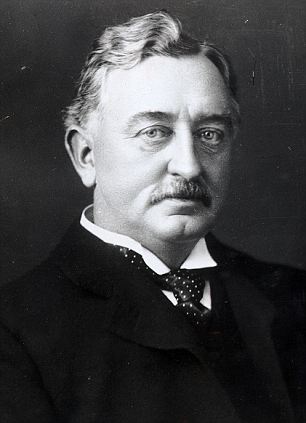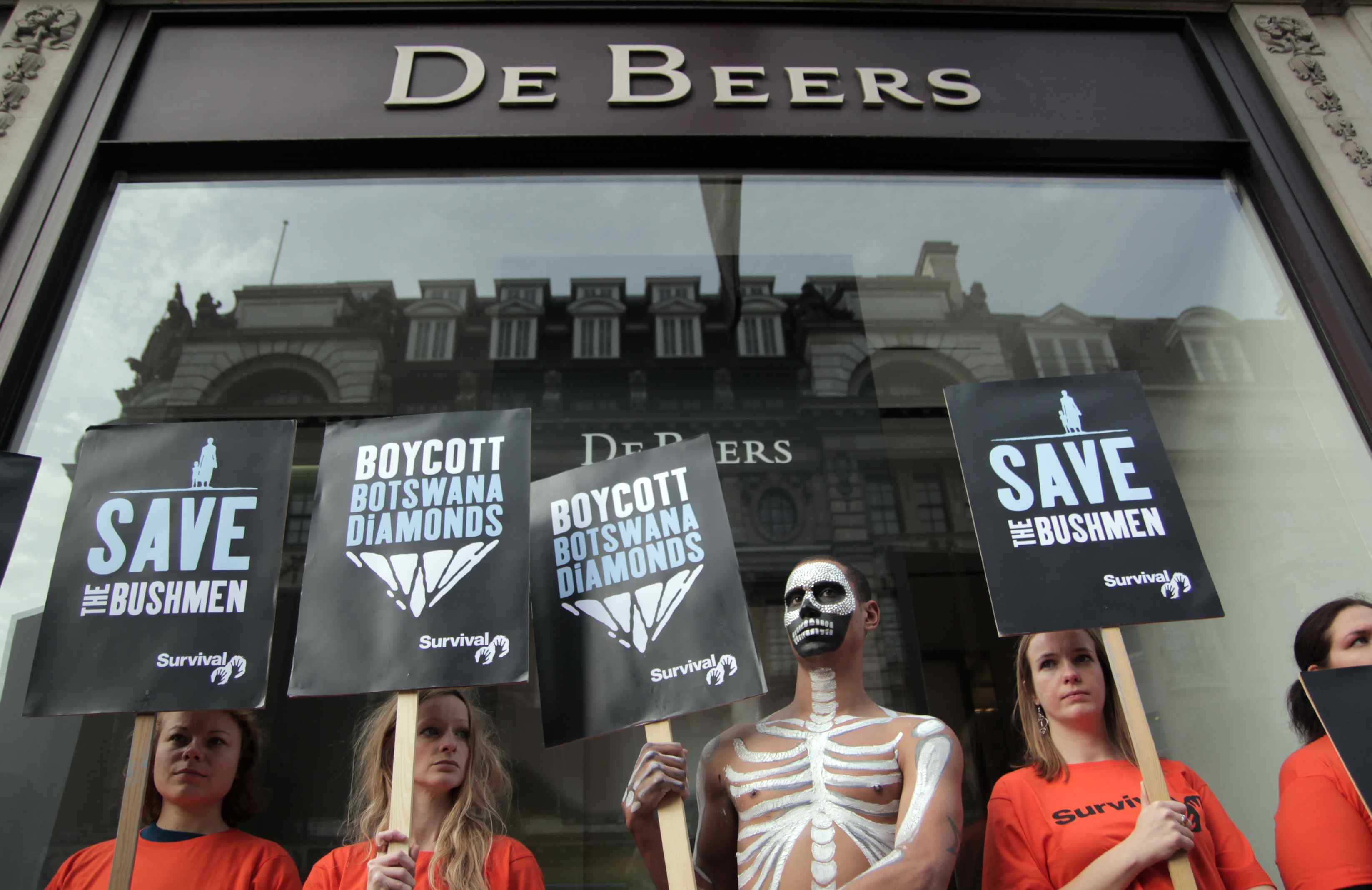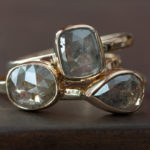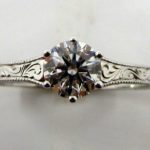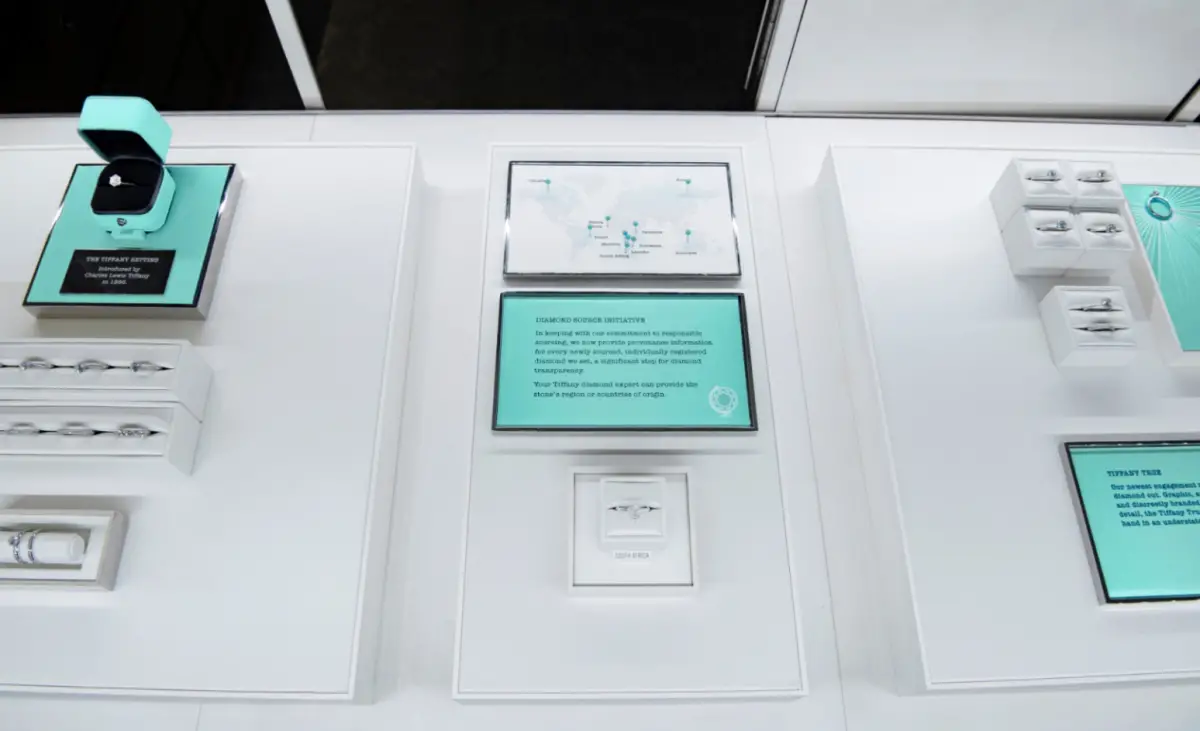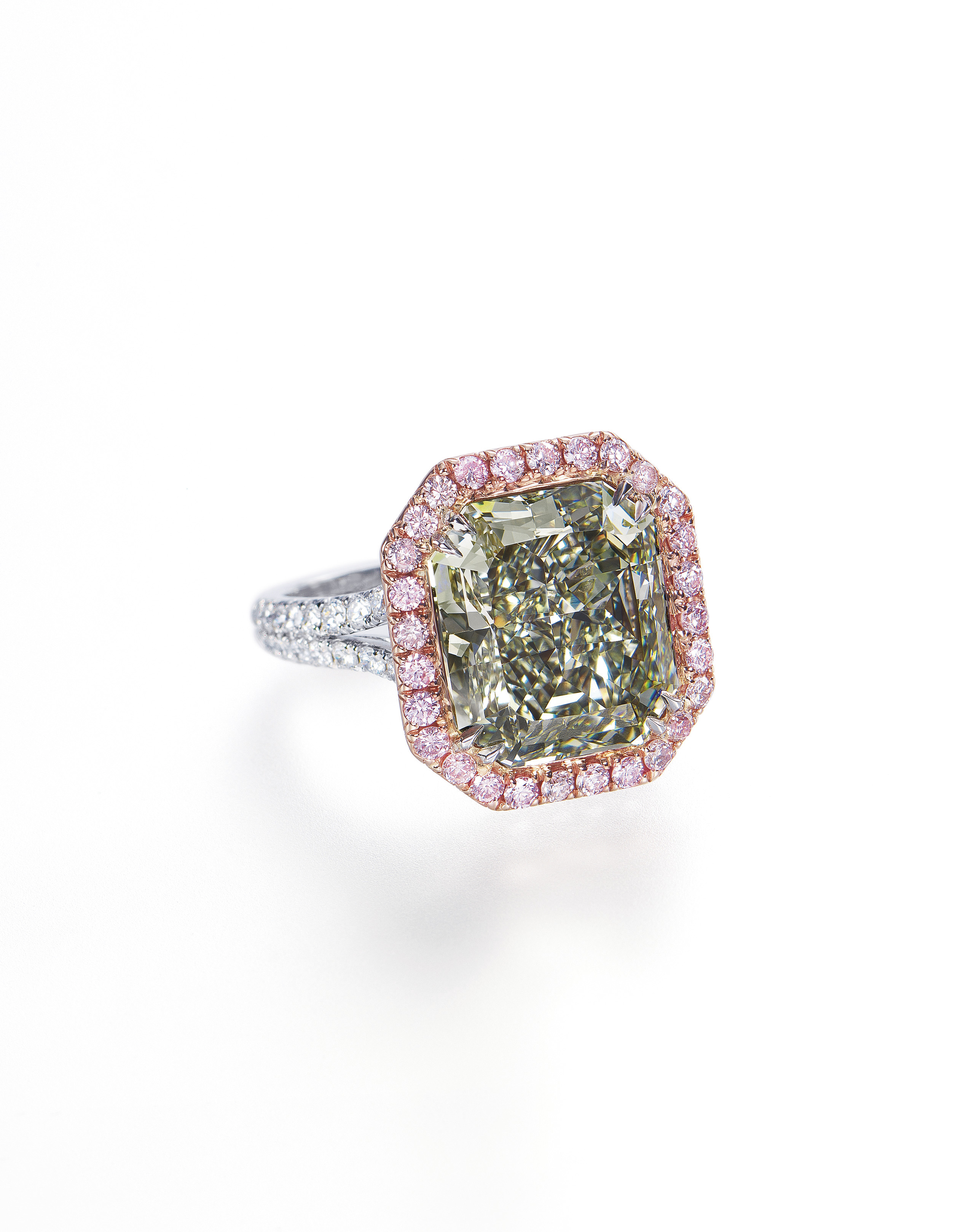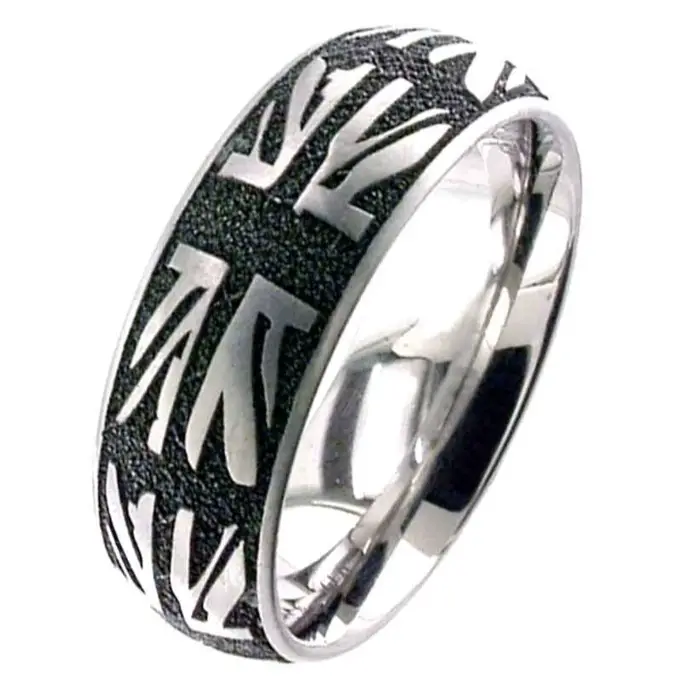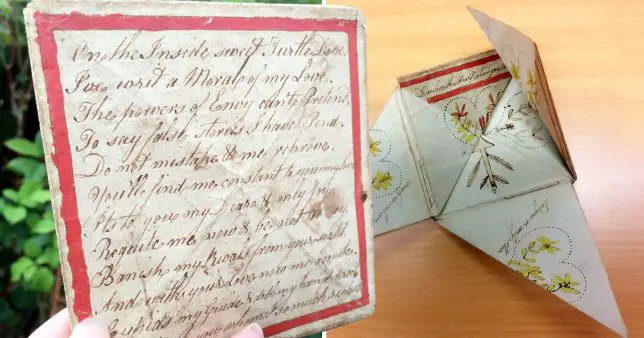You may or may not know the name, but diamond specialist DeBeers is without a doubt the reason you’re wearing a diamond engagement ring on your finger today. A hugely powerful company with an intriguing and often controversial history, the story of how DeBeers made diamond engagement rings the success story they are today is sure to surprise you…
DeBeers started with an English businessman named Cecil Rhodes in the late 1800s. Rhodes started out by renting water pumps to diamond miners in South Africa and, sensing an excellent business opportunity, later bought up a large number of diamond fields. By 1880, he had accumulated enough land and fought off enough competitors to form DeBeers Mining Company, named after the previous owners of one of the fields. After partnering up with some other miners and merging their companies into his, he soon had a monopoly on South African diamond production and distribution. If you didn’t already know, South Africa has by far the most plentiful supply of diamonds in the world. So that’s no small achievement.
DeBeers had an agenda, however. They now had control of the largest diamond supply in the world, so they wanted to make diamonds scarce on the market to drive up prices. That’s exactly what lots of other traders wanted to do too, so one by one they fell in line and joined DeBeers. By 1902 when Rhodes died, his company had control of 90% of the world’s rough diamond production and distribution.
Now, the man who took the company’s success to unprecedented heights enters the story. Ernest Oppenheimer was at one point a dangerous rival of DeBeers with his own diamond production company. Slowly but surely, he inched his way into his biggest competitors arms and by 1927 was Chairman of the Board at DeBeers. It was under Oppenheimer that DeBeers began to predetermine the number of diamonds they wanted to sell in a given year and at what price. Using this technique, the company’s reputation of prestige grew and grew, as did their diamond monopoly.
But then, the worldwide economic crash of 1929 happened and the price of diamonds began to fluctuate, then slowly decline through the 1930s. Oppenheimer formed a plan, and in 1938 sent his son Ernest to an advertising agency in New York. The US was the only market that wasn’t entirely decimated, so DeBeers planned to aggressively advertise in the States.
Hollywood actresses began to wear diamonds in all the hit films, and direct advertising portrayed the message that diamonds equated love. This lead to the perception that the larger (and more expensive) the diamond, the greater the love the person giving it felt. They built on this with a 1947 advertising campaign with the tagline ‘diamonds are forever’, encouraging young men to give diamonds when they propose marriage. The campaign was so successful that the tagline became the company’s official motto, and the tradition of the diamond engagement ring was born.
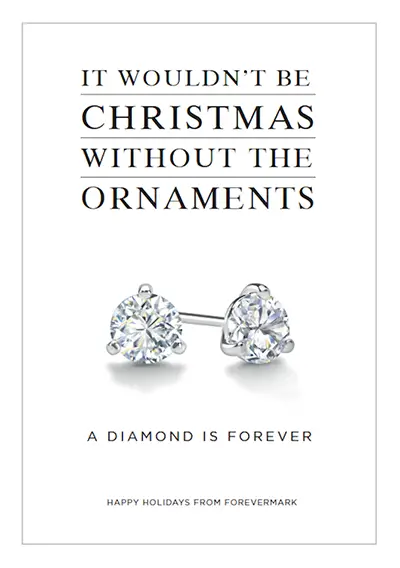 Having conquered the US, DeBeers was pretty much set up for eternal profitability. Nonetheless, they decided to tackle other markets too. In Japan, where engagement rings were not part of the marriage proposal process at all, 60% of brides were wearing some bling by the 1980s (compared to just 5% in the 1960s). They also began to buy diamond supplies from outside South Africa to continue their monopoly on supply and demand. If the stones were too small, they simply thought up new uses for them, like eternity rings. They also promoted the three stone ring attaching the symbolism of the past, present and future of a relationship to it, and even marketed ‘right hand rings’ for women to buy for themselves as a sign of independence!
Having conquered the US, DeBeers was pretty much set up for eternal profitability. Nonetheless, they decided to tackle other markets too. In Japan, where engagement rings were not part of the marriage proposal process at all, 60% of brides were wearing some bling by the 1980s (compared to just 5% in the 1960s). They also began to buy diamond supplies from outside South Africa to continue their monopoly on supply and demand. If the stones were too small, they simply thought up new uses for them, like eternity rings. They also promoted the three stone ring attaching the symbolism of the past, present and future of a relationship to it, and even marketed ‘right hand rings’ for women to buy for themselves as a sign of independence!
But things were bound to unravel at some point, right?
Right, but not until the last decade or two. Countries like Zaire and Israel finally began to protest at most of the world’s diamonds going through one single distribution channel, and soon bigger more powerful countries like Russia and Canada joined them in refusing to cooperate. DeBeers retaliated by simply releasing more of their supply to drive prices down again and make these countries shut up for a while.
As well as that, the controversy of blood diamonds gained more public awareness. People became outraged that the journey their diamond took to reach their possession involved corruption, war, and a shattered quality of life for the people and countries who mined them. Not only were the miners coerced and forced to live in poverty, corrupt governments were using the profits from the rough diamond trade to fund war efforts, resulting in a whole host of crimes against humanity.
More transparency in the industry meant that DeBeers had a lot of work to do to mend their reputation, starting with scaling back their mining to only mines owned directly by them.
With more distribution channels and higher ethical standards available, DeBeers’ market share plummeted from 90% in the 1980s to just 33% in 2013. They changed their business model to focus more on retail and branding than supply and distribution. In 2011 the Oppenheimer family finally let go of their stronghold on the company, selling their share to the other biggest stakeholder, Anglo American.
But even with waning power, public controversy and falling market share, DeBeers is still a billion dollar business today, making obscene profits in new markets like China (where they now have multiple retail stores).
So if you have a vintage engagement ring, the chances are it was once a rough diamond in a DeBeers warehouse. Even if you have a brand new diamond, there’s still a 33% chance that it came from DeBeers too.

